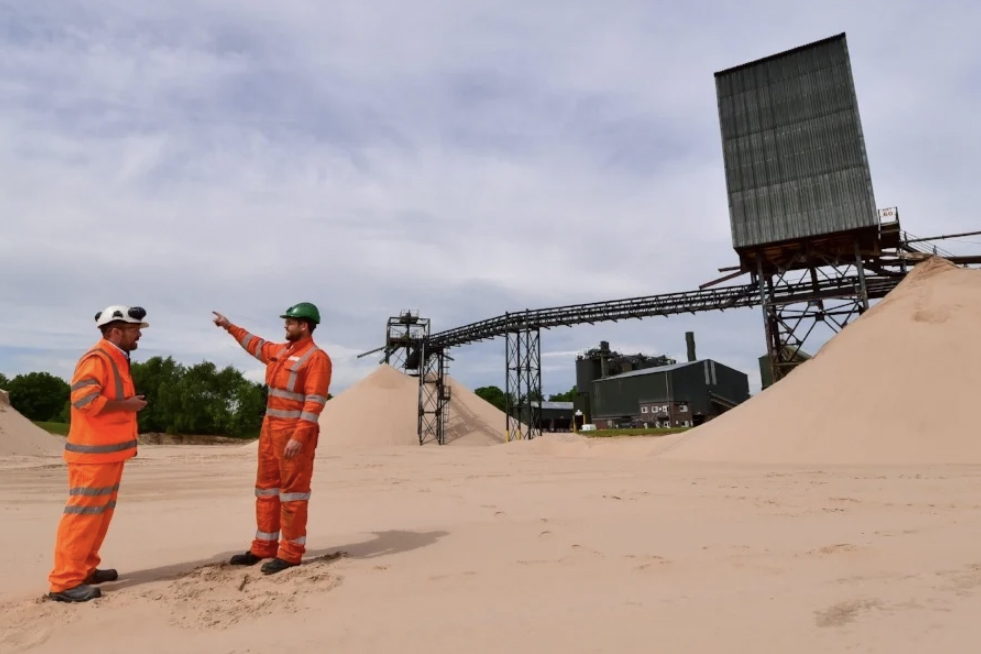The sustainable recovery challenge

As we progress through the year, we are all finding our ‘new normal’ both personally and professionally. From a global perspective, we can see how COVID-19 has been moving through different countries: from the initial spread of the virus to containment and reduction of cases; through to, sadly, increased peaks and further surges of infection.
The only certainty for any of us is that the immediate future remains uncertain. No matter where in the world we are, we are all dealing with the complexities of managing the regulations and guidance around the virus whilst balancing the needs of our operations.
However, we are beginning to see the strategies adopted by different governments in providing stimuli for restarting their economies. In many cases this is centred around investment in infrastructure and our industry will play a key role in supplying the materials.
One of the lessons of the pandemic has been the positive impact the forced lockdown has had on the environment. So, perhaps unsurprisingly there is a desire to align new economic growth strategies with the environmental and sustainability agenda. Not just build, but build better, and our industry and profession will need to adapt and seek opportunities to drive sustainability within our organizations.
In the last year the World Bank has published two reports which are relevant for our sector: the 2019 ‘Integrating Green and Gray’ report and the ‘Minerals for Climate Action: The Mineral Intensity of the Clean Energy Transition’ report published earlier this year.
These reports are a further indication, alongside the United Nations Sustainable Development Goals, that the focus on how we manage our resources in the longer term is coming under greater scrutiny. From climate change and biodiversity through to the circular economy, society and businesses in all sectors are being challenged to make changes.
We know that our industry is already embracing this and there are many good examples of positive changes to our practices and processes that have highlighted our commitment to the sustainability agenda.
From the restoration of sites into world-class habitats, to the adoption of new techniques and materials in supporting the effective use of resources, we can see how the sector has moved forwards, but there is more to do.
As members of the Institute and leaders in our profession, we can help to shape the future of our industry, the products it provides and the way in which we produce them. Our industry will remain critical to the economic success of our communities, locally, nationally and internationally.
A major challenge for us and our industry is to balance these often-different agendas and ensure our sector can continue to support the economic recovery. Historically, our members have shown the ability to adapt and move the profession forward in the face of change, and the current situation shows that our generation will need to rise to that challenge. Looking forward, the knowledge and skills within our industry will prove to be crucial in supporting the wider society in the longer term.
However, the current focus must also be firmly on the here and now, ensuring the health and well-being of ourselves and those around us. Please stay safe and stay healthy.
Phil Redmond


